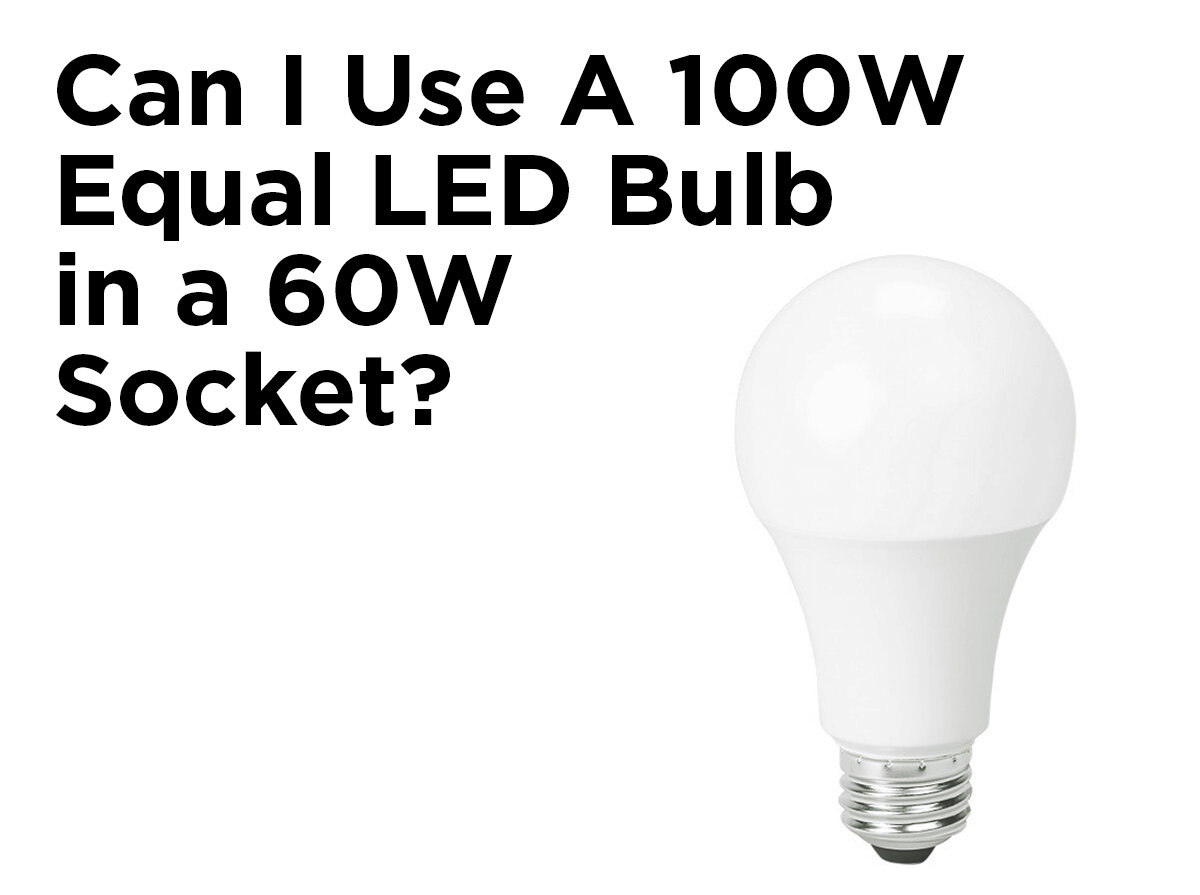Comparing Halogen, HID, and LED Headlights
Replacing your vehicle’s headlights can be a painstaking process. Even after you’ve finally found the bulb you need, perhaps using our site's nifty bulb finder feature, you still need to choose the appropriate technology. With older cars, you may not have much choice in the matter; but with newer cars, you probably have a few options, namely halogen, xenon (HID), or LED headlights. While color and light quality are the most visible characteristics of these lights, there are still many more pros and cons worth considering before making a purchasing decision. So which type of headlight is best for your car, and what are the differences between them?
Halogen
Dating back to the mid-1960s, halogen headlights were some of the earliest automotive headlights, and they are still used in the majority of cars today. Similar to incandescent lights, halogens use a heated tungsten filament to produce light, except the filament is encased in a bubble of halogen gas to improve performance and longevity. Halogen headlights produce a significant amount of heat, and it is vitally important to exercise caution when handling them—even a small amount of skin contact on the bulb during replacement can affect their performance. Halogen headlights are easy to identify, shining a small amount of yellow light in a color temperature of around 3200K on the road directly in front of the vehicle.
PROS:
Low cost
Easy to find a replacement
Long life span
CONS:
Low amount of yellow light
Energy wasting
Extra care required
Xenon (HID)
Xenon headlights are a kind of HID (high-intensity discharge) light. HID headlights work by sending a high-voltage electric current between two tungsten electrodes housed inside a quartz tube filled with xenon gas. This process allows them to emit bright, far-reaching white light at around 6000K with less heat than their halogen alternatives. These headlights require far more power than halogens when first turned on, but they use much less to maintain their brightness once fully lit. Though helpful for the one behind the wheel, the added brightness of xenon bulbs can create an abundance of glare, effectively “blinding” other drivers. HID lights also require special retrofitting to be used in cars previously wired for halogen lights, and they need an additional component to operate (a ballast) which can create a potential point of failure and drain energy. Not to mention, xenon lights cost considerably more than halogen headlights.
PROS:
Brighter, whiter light than halogen headlights
More efficient than halogen
CONS:
Cost more than halogen headlights
Can cause harsh glare
May require special retrofitting and additional components
LED
As the newest headlights on the market, LED headlights are more efficient and advanced than both halogen and HID lights. LEDs (or light-emitting diodes) don’t use gas or filaments to produce light—instead, they rely on small diodes that light up when an electric current runs through them. They emit light in a color temperature of your choosing and do not produce a significant amount of heat when they light up. However, the diodes themselves do give off some heat at their bases, meaning cars with LED headlights must provide a way to keep the LEDs cool. Like xenon headlights, they also require an additional component to operate, a driver. Because LED headlights are harder to design and implement in cars, they are more expensive than other headlights, though they do provide more focused rays and can be configured in unique shapes. Full LED headlights are pretty rare, typically only used in newer or high-end cars, while the majority of LED headlights and retrofit kits are actually daytime running lights, or a ring surrounding a xenon or halogen headlight.
PROS:
Small diodes can be manipulated in various shapes
Use a very low amount of energy
Lights come in a variety of color temperatures
CONS:
Pricey
High temperature around adjacent parts
Full LED headlights are rare; typically only daytime running lights available
Difficult to implement in cars
LED headlights are ideal in most ways due to their low power consumption, low-maintenance, and non-blinding white light, but they are still the most expensive option and are not made to operate in every kind of car. HID headlights provide a desirable brighter light than halogens, but they can also cause a distracting glare for other drivers. And though halogen lights emit an unappealing yellow light, they are easy to replace and are the least expensive. All in all, there will be costs and benefits to any type of headlight—so it is always best to consider your options carefully and choose wisely!
That’s it for our comparison of halogen, xenon, and LED headlights! What did you think about our article? Share your thoughts with us below or send us a line on Facebook, Twitter, LinkedIn, Pinterest or Instagram!







